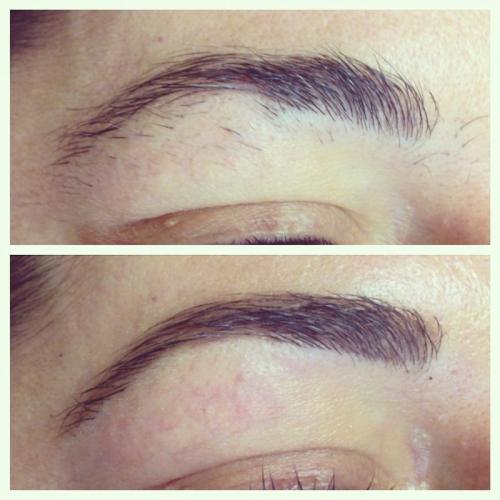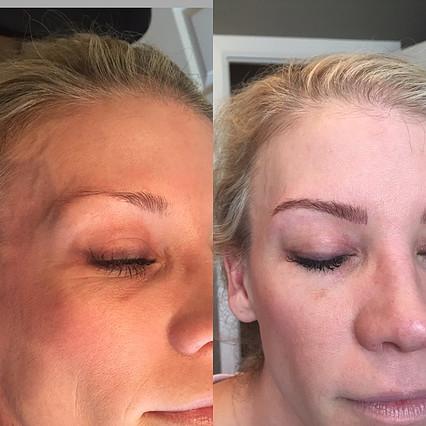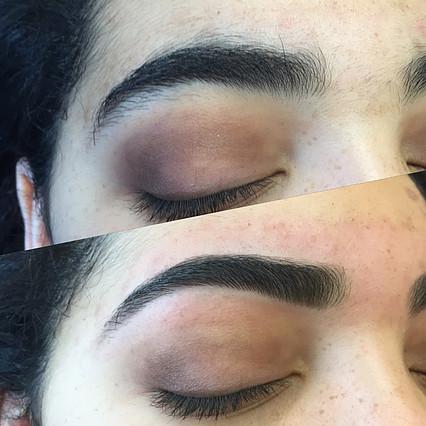To Buy Amoxicillin Online Visit Our Pharmacy ↓

Understanding Amoxicillin: How It Works for Children
Amoxicillin is a widely-used antibiotic that effectively combats bacterial infections in children. It belongs to the penicillin group and works by interfering with the formation of bacterial cell walls, causing the bacteria to break apart and eventually be eliminated by the immune system. This process targets ill-causing bacteria without affecting healthy cells, making it a safe choice for young patients when prescribed correctly.
| Bacterial Infections | Amoxicillin's Role |
|---|---|
| Ear infections | Reduces bacterial growth |
| Respiratory infections | Eliminates harmful bacteria |
Though effective, it's crucial for parents to follow their pediatrician's advice regarding dosage and duration to minimize antibiotic resistance and ensure their child's health.
Dosage Guidelines: Ensuring the Right Amount for Kids

Finding the right amoxicillin dosage for children requires precision and care. It's vital to base the dosage on the child’s weight and the condition being treated. Typically, pediatricians prescribe amoxicillin in a calculated manner—often in a formulation of liquid suspension—to ensure exact dosing. Measurements, ideally, should be carried out using a medical syringe or dosing spoon for accurate administration, avoiding common kitchen spoons that could lead to errors. It's crucial for caregivers to adhere to the prescription guidelines and complete the full course, even if the child begins to feel better shortly after starting the medication, ensuring the infection is fully eradicated.
Recognizing Potential Side Effects and Allergic Reactions
When children are prescribed amoxicillin, it's crucial for parents to be aware of potential side effects. While generally safe, amoxicillin can cause gastrointestinal issues like nausea, vomiting, or diarrhea. These symptoms often resolve on their own, but persistence may require consultation with a healthcare provider. Less common but more serious side effects include rash, hives, or difficulty breathing, which might indicate an allergic reaction.
Parents should also watch for signs of more severe reactions, such as swelling of the lips, tongue, or throat, which require immediate medical attention. Understanding these signs can help parents act swiftly to ensure their child's safety. While amoxicillin is effective in treating bacterial infections, awareness and vigilance are key in managing its potential side effects and ensuring a positive treatment experience for children.
Myths Vs. Facts: Dispelling Misconceptions about Amoxicillin

Many parents worry about using amoxicillin for their children, fearing that antibiotics might always weaken the immune system or cause antibiotic resistance. In reality, when prescribed correctly, amoxicillin is effective in treating bacterial infections and does not permanently harm the immune system. Misunderstandings often stem from its misuse, like skipping doses or using it for viral infections.
Another myth suggests that all antibiotics cause significant side effects, discouraging their use. However, while mild side effects like stomach upset might occur, serious reactions are rare. Educating yourself can dispel these misconceptions, ensuring children receive appropriate treatment.
When to Consult a Pediatrician: Signs and Symptoms
When your child is prescribed amoxicillin, knowing when to consult a pediatrician can be crucial. If your child exhibits symptoms such as severe diarrhea, rash, or difficulty breathing, it is essential to seek professional guidance promptly. These could be signs of an allergic reaction or adverse effects that require medical attention.
| Symptoms | Action |
|---|---|
| Persistent Fever | Contact Pediatrician |
| Abdominal Pain | Consult Doctor |
Additionally, if the symptoms of the original infection persist despite taking amoxicillin, a visit to the pediatrician is warranted to reassess the treatment plan. Carefully monitoring your child's response helps ensure they receive the most effective care.
Storage and Safety Tips: Protecting Your Child's Medication
Imagine your child's favorite superhero, guarding their precious items. This is how you should think about storing amoxicillin safely. Keep the medication in a cool, dry place, away from direct sunlight to preserve its effectiveness. Bathrooms and kitchen counters are popular spots, but they’re usually too humid and accessible.
Child-proof containers are a must, as curious hands might find their way to the medicine cabinet. Always ensure these containers are closed tightly after each use, and placed well above a child's reach. Remember, a secure location helps prevent accidental ingestion and keeps your little one safe.
Before & After
Testimonials
Read out what our customers say about our services.
Read Testimonials
Join Our VIP List
Great News!
Comming soon our new location in Fort Worth (Alliance area)
3529 Heritage Trace Parkway, Suite 163
Fort Worth, TX 76244
Sign up now to join our VIP list and receive coupons












